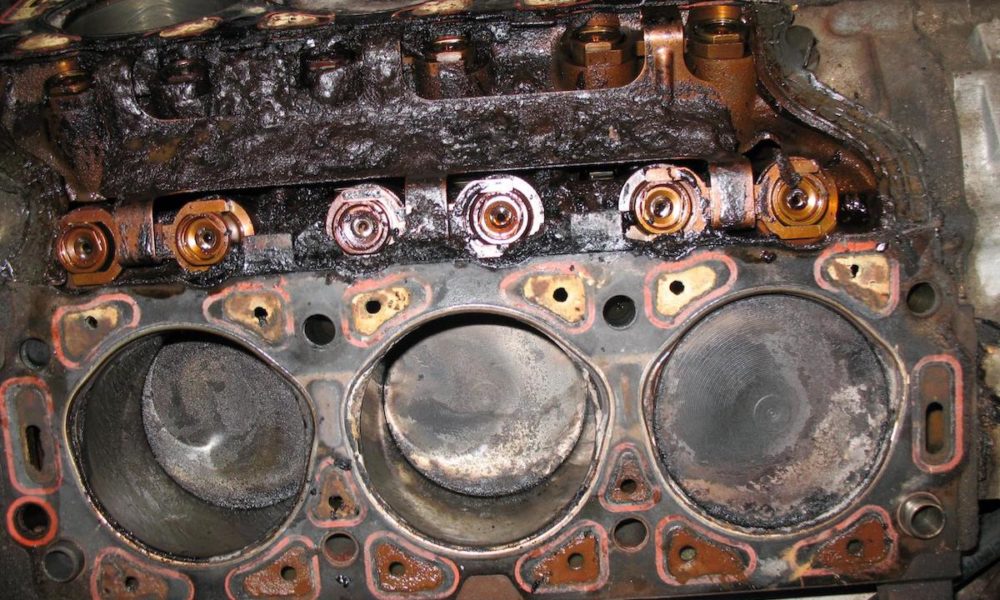As a motorist, you ought to be capable to identify symptoms of trouble in your vehicle, like a blown head gasket. The head gasket is just a mechanical seal that’s installed between the head as well as the main engine block. Its purpose is to make sure the cylinders are closely sealed off as compaction and combustion take place in the engine. The head gasket prevents coolant and motor oil from leaking to the combustion chamber. It should thus keep its integrity and stamina to serve this purpose. Early head gasket designs made use of graphite as well as asbestos.

Later on, gasket makers turned to steel, copper, as well as steel and silicon rubber combinations. Continuous, intense pressure with time could cause a head gasket to break or become warped.
The following are signs of a damaged or broken head gasket. If you notice white smoke originating from your exhaust, then coolant could be leaking to the cylinders via a violation in the head gasket, inducing the coolant to sort this steam. If blue smoke comes from the exhaust, this might suggest oil leaking into and being burned in the cylinders. Upon assessing through the dipstick you could find a white, paste like material mixed with the motor oil – a certain sign of head gasket damage. Coolant leaking to the cylinders will, naturally, cause it to go out and cause the motor to overheat. A good way to check for coolant leak is just by eliminating the radiator or flood cap and assessing for air bubbles when the engine is just revved. A blown head gasket can cause the motor to operate approximately, lose power and become not as efficient.
Comments
0 comments
